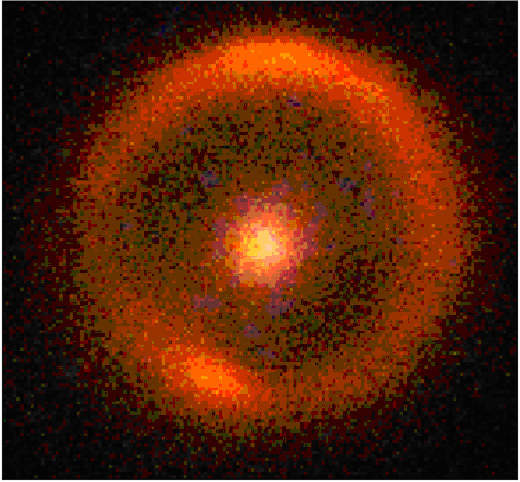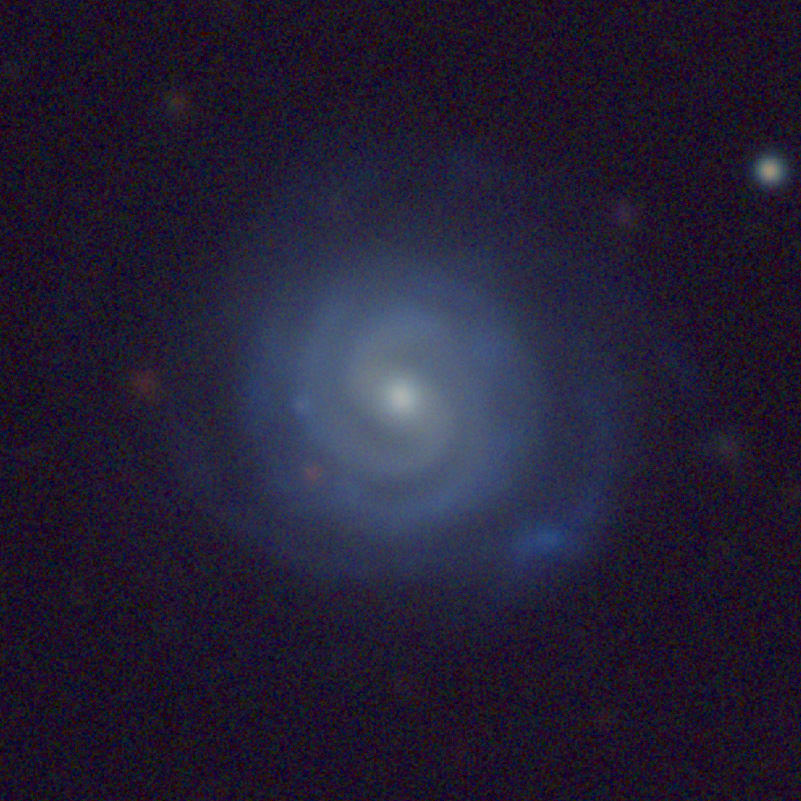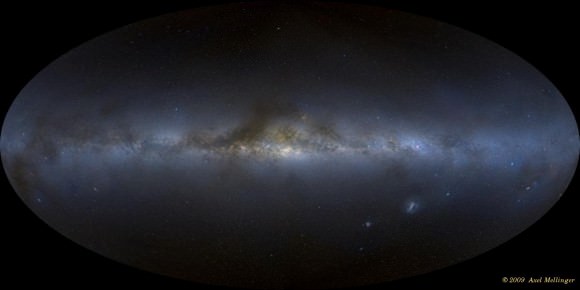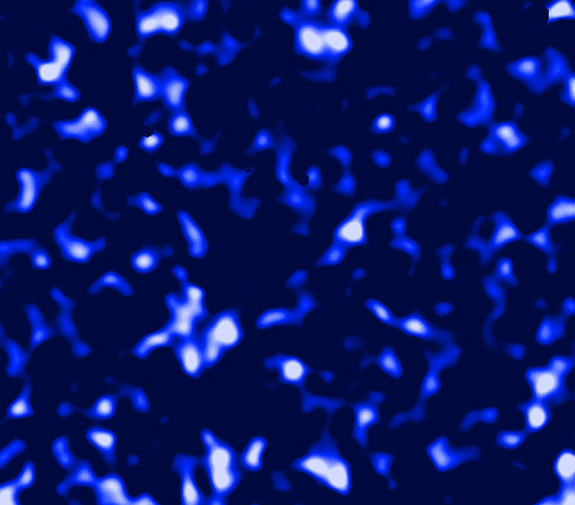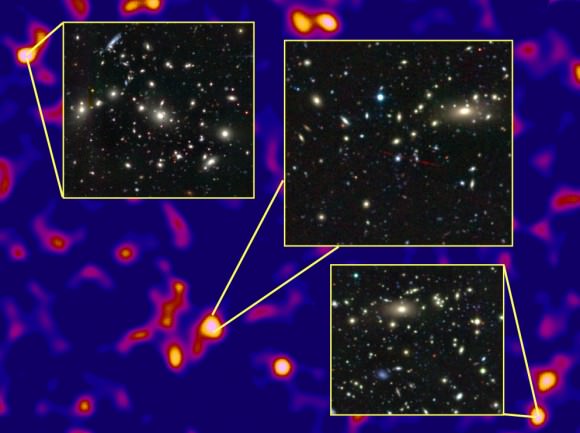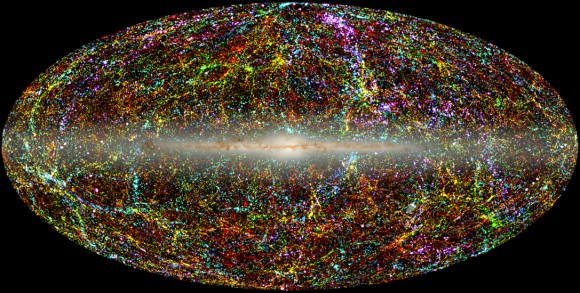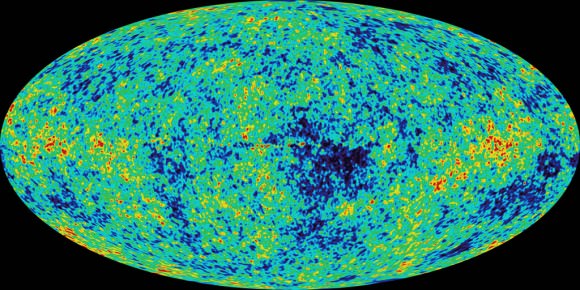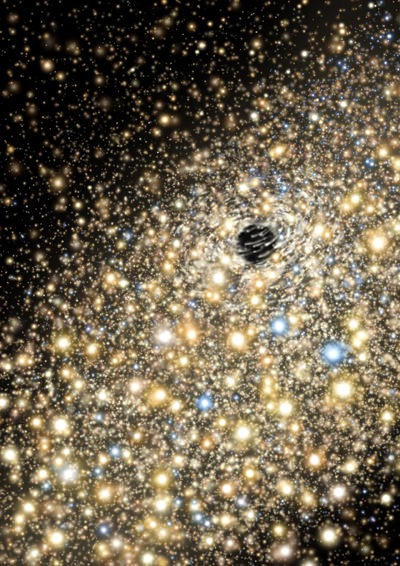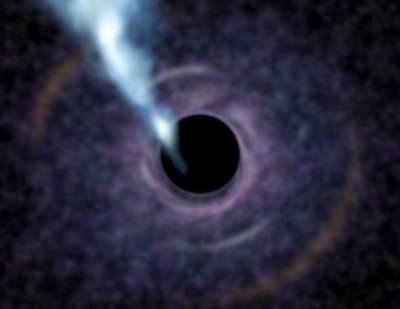[/caption]
Space may be vast, but accidents can still happen, like when galaxies “collide,” usually resulting in the smaller one having its stars scattered by the larger one. New high-resolution images of two dwarf galaxies merging together have now been obtained by astronomers, providing a more detailed look at something which could only barely be seen before. While the larger galaxy of the two, NGC 4449, is easily visible, its smaller companion was little more than just a faint smudge until now.
The new study comes from an international team of astronomers led by David Martínez-Delgado of the Max Planck Institute for Astronomy in Heidelberg. Their paper will be published in an upcoming issue of Astrophysical Journal Letters.
When the galaxies collide, the smaller one essentially gets torn apart by the larger one. As explained by Aaron Romanowsky, an astronomer at the University of California, Santa Cruz (UCSC), “This is how galaxies grow. You can see the smaller galaxy coming in and getting shredded, eventually leaving its stars scattered through the halo of the host galaxy.”
The remains of the smaller galaxy appear as a dense stream of stars in the outer regions of the larger one. It was initially seen as just a faint smudge in digitized photographic plates from the Digitized Sky Survey project. Because this smaller galaxy, or what’s left of it, is so difficult to see, the merging process has been referred to as a “stealth merger.”
The new images, taken by the Black Bird Observatory and Subaru Telescope, show the merger in such detail that individual stars can be seen. “I don’t think I’d ever seen a picture of a galaxy merger where you can see the individual stars. It’s really an impressive image,” said Romanowsky.
NGC 4449 is about 12.5 million light-years from Earth and is part of a group of galaxies found in the constellation Canes Venatici. It is similar to one of our own Milky Way’s satellite galaxies, the Large Magellanic Cloud.
While larger galaxies merging with other large galaxies are commonly seen, it has been more difficult to find examples of smaller galaxies doing the same thing. Romanowsky continues: “We should see the same things at smaller scales, with small galaxies eating smaller ones and so on. Now we have this beautiful image of a dwarf galaxy consuming a smaller dwarf.”
In addition, the companion galaxy was also independently discovered by astronomers at the University of California, Los Angeles (UCLA). Their own paper will be published in the February 9, 2012 issue of Nature.
The paper is available here. See also the Subaru Telescope press release here.



